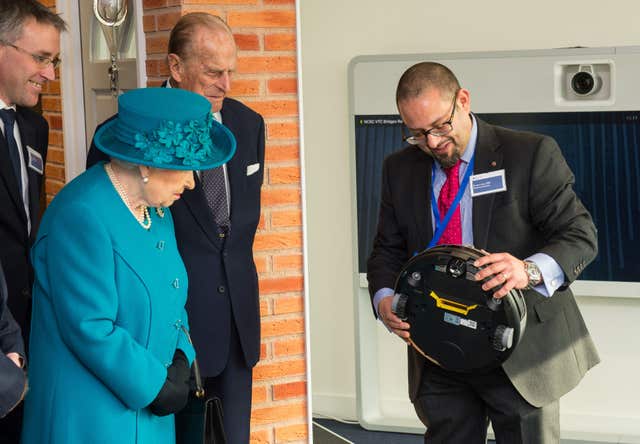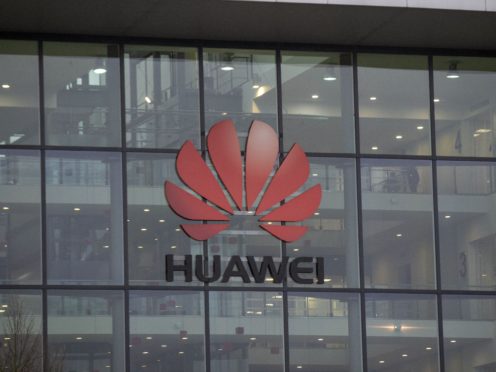A GCHQ chief has suggested Huawei equipment could be banned from Westminster and other sensitive areas over concerns about “shoddy” security in the Chinese firm’s products.
Dr Ian Levy, technical director of the organisation’s National Cyber Security Centre (NCSC), said Huawei’s “poor” engineering was “like it’s back in the year 2000”.
The technology giant’s involvement in Britain’s new 5G network is expected to come under scrutiny in an upcoming Government review of the country’s telecommunications infrastructure.

To date, Defence Secretary Gavin Williamson and the head of MI6 Alex Younger have publicly expressed their concerns over the company, while GCHQ chief Jeremy Fleming has spoken of both “opportunities and threats” posed by Chinese firms.
Among the concerns are that the Chinese government could coerce companies into placing “back doors” into their tech products that could be used by the state.
In an interview with Panorama, Dr Levy said the NCSC’s concerns with Huawei were primarily with “really, really poor” cybersecurity practices at the firm.
“The security in Huawei is like nothing else – it’s engineering like it’s back in the year 2000 – it’s very, very shoddy,” he said.
“We’ve seen nothing to give us any confidence that the transformation programme is going to do what they say it’s going to do.”
Dr Levy added that “geographic restrictions – maybe there’s no Huawei radio (equipment) in Westminster” is now an option for ministers to consider.
One of the world’s biggest tech firms, Huawei said it is investing two billion dollars (£1.5bn) as part of a transformation programme that will tackle the security issues.
Ryan Ding, chief executive of its carrier business group, told the BBC the firm hopes “to turn this challenge into an opportunity moving forward”.
“I believe that if we can carry out this programme as planned, Huawei will become the strongest player in the telecom industry in terms of security and reliability.”
Huawei’s involvement in national networks has come under international scrutiny.
In the US, the firm is locked in a battle with authorities over claims it is involved in espionage, theft and fraud.
In 2018, a diplomatic row between Washington and Beijing escalated with the arrest of Meng Wanzhou, the company’s chief financial officer, in Canada at the US’s request.
Elsewhere, the firm has been banned from shipping certain 5G products into New Zealand and Australia.
Mike Conaway, a member of the US House Intelligence Committee, told the BBC: “You would never know when the Chinese government decide to force Huawei… to do things that would be in the best interests of the Communist party.”
